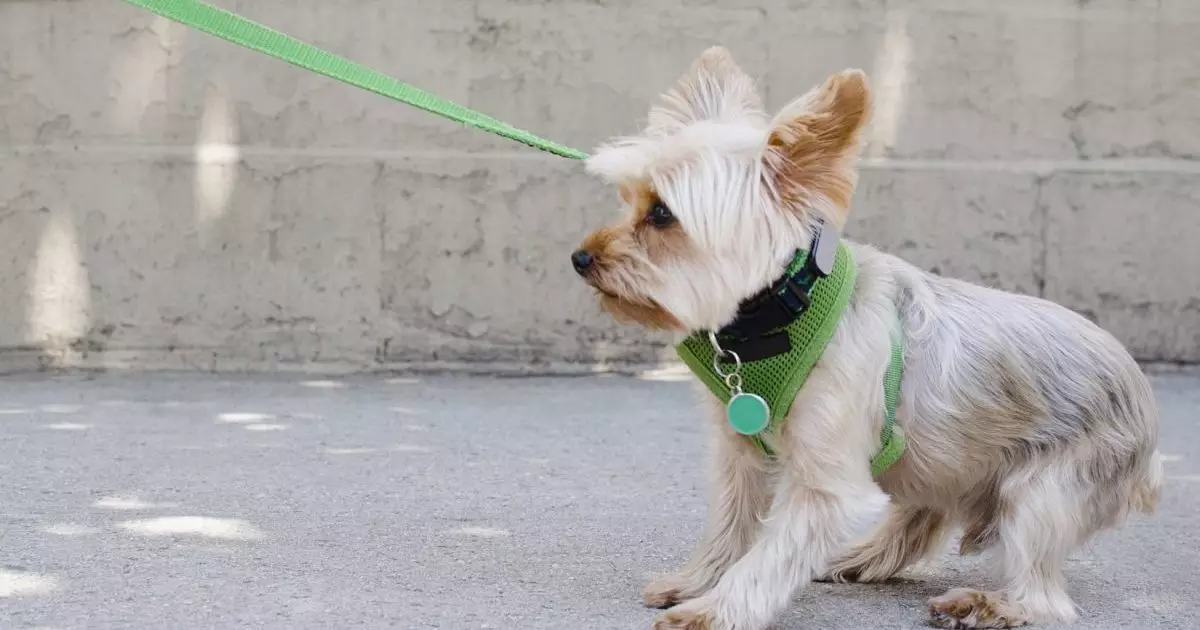Separation anxiety in dogs is a more common affliction than many pet owners realize, affecting their ability to remain calm and composed when left alone. This deeply rooted emotional suffering can manifest in disruptive behaviors such as excessive barking, destruction of property, or even accidents in the house. Addressing this anxiety should not be taken lightly, as it impacts both the dog’s quality of life and the owner’s peace of mind. Many trainers recommend employing methods like desensitization to tackle these behaviors effectively.
The Art of Desensitization
Desensitization is a nuanced therapeutic approach designed to diminish a dog’s negative responses to anxiety-triggering stimuli through gradual exposure. This carefully constructed process involves conditioning the dog to associate what’s typically a source of stress with positive experiences, such as treats or praise. The overarching aim is to rewire the dog’s emotional response, transforming fear into a more composed state.
Imagine a dog that panics at the sound of a doorbell—this represents a sensory trigger for many dogs. In a desensitization program, the sound of a doorbell can be played at a low volume to start, coupled with a treat whenever the dog remains calm. Over several sessions, the volume can be incrementally increased, while still rewarding calm behavior. As the dog learns to remain stable in the face of the previously terrifying stimulus, the threshold for anxiety can shift dramatically.
A Step-by-Step Approach to Desensitization
To effectively implement desensitization, it’s paramount to break the process down into manageable steps. Start by identifying specific triggers that ignite anxiety in your dog—these could range from bicycles, as previously mentioned, to loud noises or unfamiliar people. Once the trigger is identified, the following structured approach can be employed:
1. Create a Safe Distance: Initially, place the anxiety-triggering stimulus at a distance where your dog can observe it without panic. For instance, if it’s children riding bicycles, position them far enough away for your dog to remain relaxed.
2. Reward Calmness: Every time your dog shows calm behavior in the presence of the trigger, immediately reward them with treats, praise, or play. This positive reinforcement is essential to reshape their emotional reaction.
3. Gradual Exposure: Slowly decrease the distance between your dog and the trigger over several sessions. Make adjustments as necessary—if your dog begins to show signs of anxiety, relocate the trigger farther away until they can once again respond calmly.
4. Introduce Movement: Once the dog is comfortable with stationary exposure, bring in movement. For example, once your dog can comfortably tolerate the presence of a bicycle, have a friend ride one slowly past your dog, continuing to reward calm behavior.
5. Modify the Environment: Depending on the severity of the anxiety, adjusting scenarios and introducing new variables is crucial. The dog needs to build confidence in various contexts to generalize their calm behavior.
Patience is Key
Desensitization is not a quick-fix solution; it requires consistency, patience, and time. Behavioral changes can take days, weeks, or even months. Progress may be slow, and it’s vital to remain attuned to your dog’s emotional state throughout the process. If your dog shows signs of stress or regression, it’s important to reassess and consider moving back a few steps rather than pushing forward too quickly.
The journey of desensitization should be a positive experience for both the owner and the dog. This method is rooted in building trust, and every small victory should be celebrated as both the dog’s confidence and the bond between owner and pet strengthen.
Seeking Professional Guidance
Finally, while self-implemented desensitization can be effective, enlisting the help of a reputable trainer or behaviorist can provide critical insights tailored to your dog’s unique situation. The right guidance can help navigate the often-complex landscape of canine anxiety, ensuring each step is tailored with your dog’s best interest in mind. Whether it’s through personalized lesson plans or consistent encouragement, professional support can significantly expedite your path to a happier, more secure dog.

